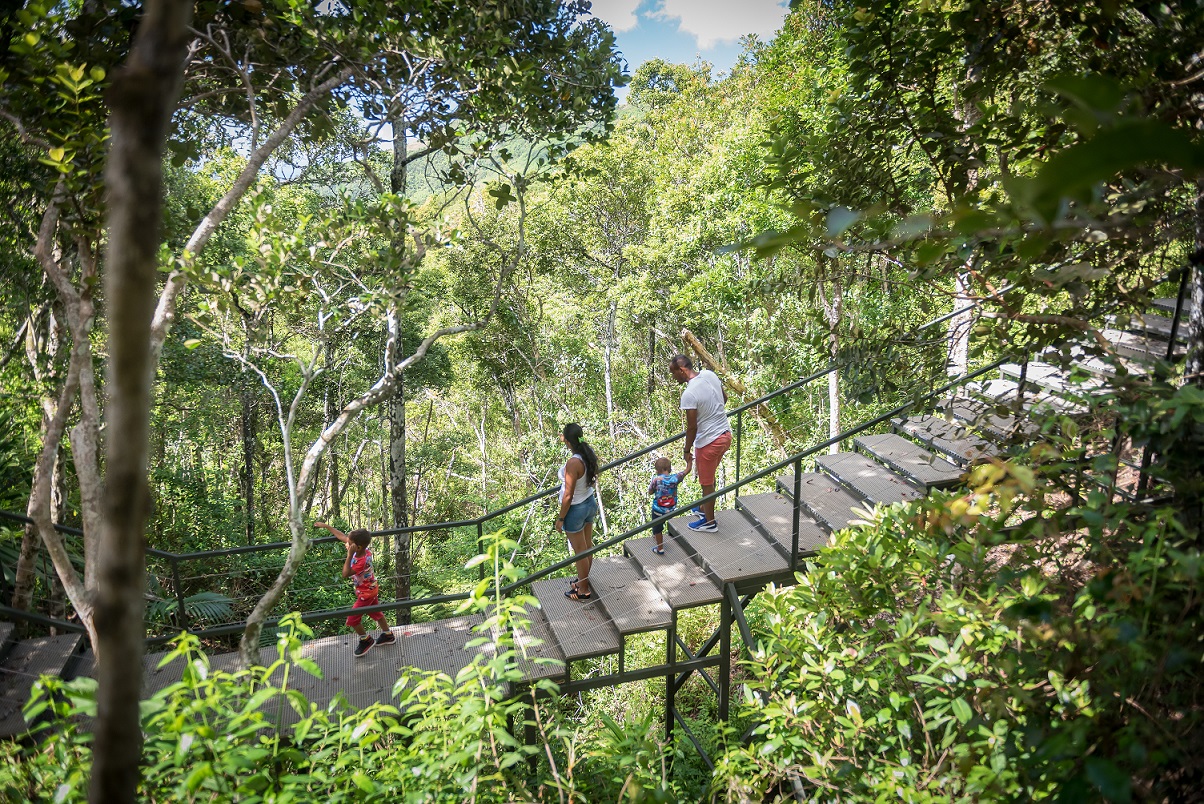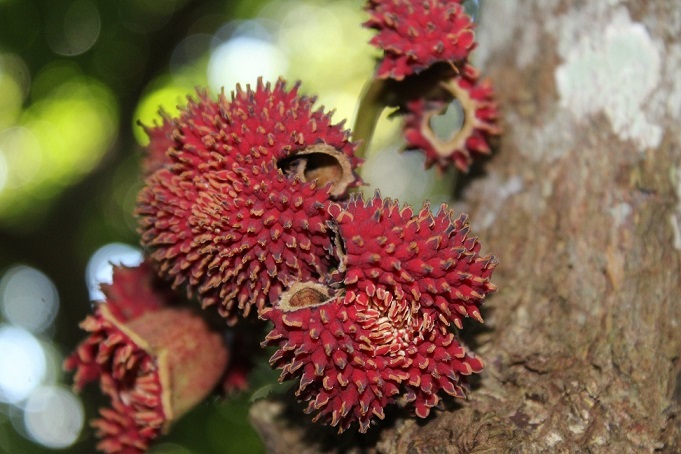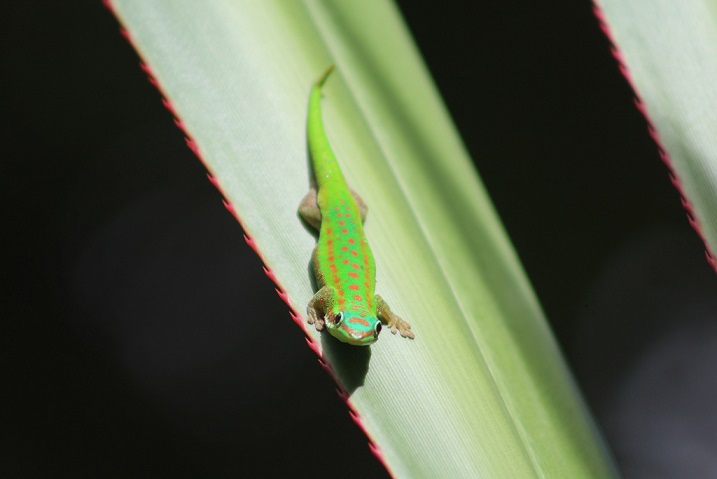Conservation Area
Habitat Reserve
2km from Chamarel, south-west Mauritius
-20.437152, 057.371943




Ebony Forest Reserve Chamarel harbours one of the best preserved endemic ebony forests remaining in Mauritius. With less than 2% native forest remaining on this Indian Ocean island, conservation of the remaining biodiversity is critical.
Owen and Mary-Ann Griffiths purchased the 50 hectares of invaded forest in 2005 to conserve and recreate an ebony forest, which would be a refuge for the island’s many threatened endemic fauna and flora. More than 15 years later and the restoration work continues.
Tackling invasive weeds to reduce competition on the endemic plants and planting more than 145,000 endemic plants is transforming this corner of the south-west of Mauritius into a biodiversity hotspot.
To create sustainable finance and raise awareness, a visitor centre with a museum, shop and ecology centre was opened in 2017. Day visitors are treated to a unique guided tour along a raised walkway through a restored ebony forest and spectacular views of the south-west coast.
Conservation & Community Highlights:
- Restoration of 50 hectares of high-quality indigenous forest through the process of weeding exotic flora and planting endemic plants
- Creation of largest predator control grid (19 ha) in the Mascarenes to protect the endemic fauna and flora
- Guided tours along a raised walkway through an ebony forest to raise awareness about the importance of local biodiversity
- Building local capacity through the delivery of training courses at our registered training centre
- Captive breeding of threatened snail species and release into predator-free enclosures
Future Aims:
- Reintroduction of threatened birds such as the Mauritius Olive White-eye, Mauritius Cuckoo-Shrike and Mauritius Fody to safeguard these threatened species
- Conduct research to improve our management decisions
- Involve more youth in the restoration of forests
- Propagate a wide variety of rare and threatened plants for (re-)introduction
- Attract more conservation volunteers